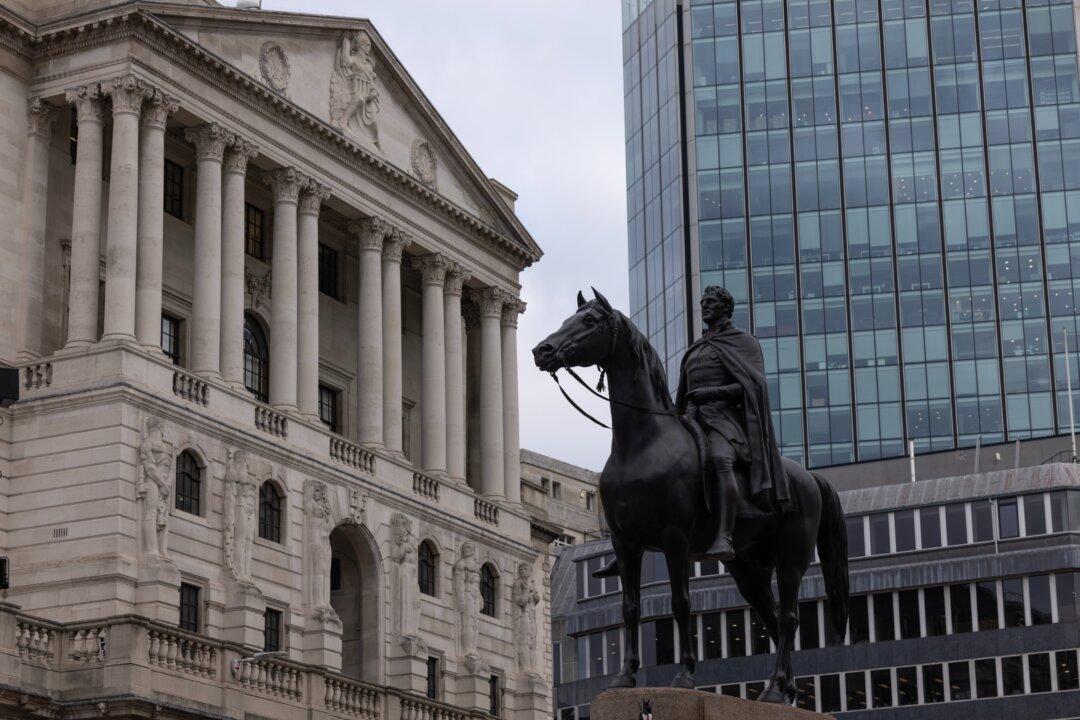The UK has spent £7.7 billion on servicing central government debt in November, the highest for the month on record, according to official data published on Thursday.
The Office for National Statistics (ONS) showed that £3 billion of the bill was for additional interest on index-linked gilts that was largely driven by the 0.5 percent increase in Retail Prices Index (RPI) inflation between August and September.





